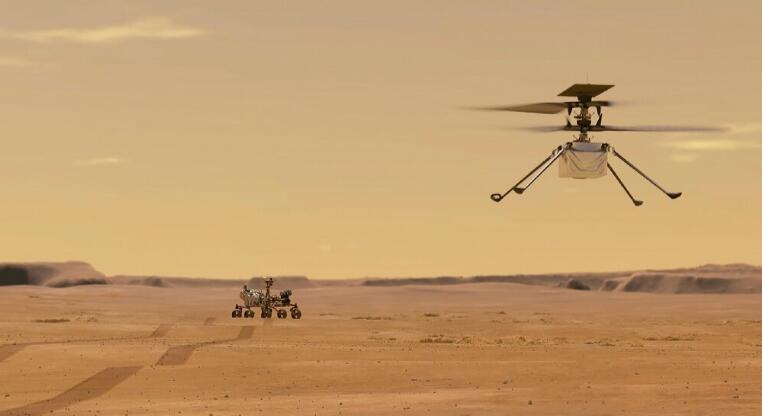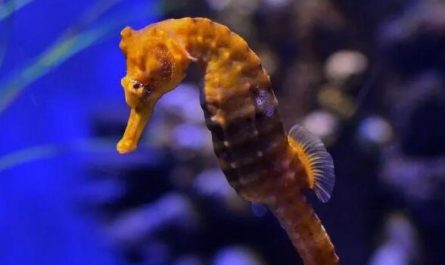The fourth flight test of NASA’s Wit Mars helicopter was delayed by one day because the flight system failed to enter the flight mode normally.
In one day, the research team modified the flight procedures of the Wit from the Earth, allowing the Wit to successfully take off from Mars and enter the fourth flight.
The fourth flight of Gwit focused on the collection of extreme data. The flight time reached 117 seconds, and it flew over an area of 266 meters on Mars at a speed close to 3.5 meters per second.
Wit plans to make five flights to Mars:
Wit plans to make five flights to Mars. Before the fourth flight, Wit’s flight record was 80 seconds and its speed was only about 1.8 meters per second.
According to NASA’s flight plan, the first three flights of the Gizwits are conservative flights and will not be tested at its maximum capabilities. The main goal is to ensure the success of the flight to Mars and to verify that the Mars helicopter is indeed a viable method of planetary exploration.
On the fourth flight, Giz will try to break through some design limits and obtain additional data. If Giz crashes in the fourth test, more data can be collected. Fortunately, Giz successfully completed the fourth time. Flight, and there will be a fifth flight to Mars.
NASA said after the fourth flight of the Gizwits-Giz has completed additional expansion missions and has graduated from the Mars mission!
During the fourth flight, the Gizwits took 60 black and white photos and 5 color photos. These photos are currently being transmitted from Mars to Earth, and the fifth mission is being developed, which will be carried out in about a week. Mars flying.
After completing five missions, if the Gizwits can still work normally, it will enter a new flight mode. The Gizwits will conduct a flight technology demonstration approximately every three weeks to help the research team further explore the Mars helicopter technology. , The next-generation Mars helicopter of the Giz team is also in the conception stage.
The Wit mission was delayed by about a week, and Perseverance is about to set off to explore Mars:
In order to verify that the Gwit can take off, Perseverance has been waiting and recording near the Gwit after landing on Mars. At present, Perseverance has captured the takeoff picture of the Gwit and recorded the takeoff sound, basically confirming that the Mars helicopter can indeed. normal work.
Perseverance will wait at most for Giz to complete its fifth flight, and then set off for its own exploration mission, while Giz will stay nearby and continue to fly to Mars to help improve the next generation of Mars helicopters.
During this Mars helicopter test mission, various problems often occurred in the flight system.
Before the flight mission started, the helicopter’s system entered the flight mode abnormally, which caused the first test to have to be postponed; in the fourth flight mission, the helicopter system failed to enter the flight mode on time, causing the flight test to be postponed again for one day. The progress is about one week behind the original plan.
It has already arrived in May. Entering mid-October, the Earth and Mars will be on both sides of the sun. At this time, the communication between the Earth and Mars will be interrupted. Therefore, there is not much time left for Perseverance. The Gizmo needs to complete its mission as soon as possible. Avoid affecting Perseverance’s detection missions.
to sum up:
After NASA’s Wise mission is completed, it will stay on Mars for low-frequency flights; the Perseverance Mars rover will explore the Martian delta in the future.
The carried spectrometer and laser burning device can determine the composition of the rocks on the Martian surface. This time Perseverance will also try to find life on Mars, or the remains of ancient life on Mars. If rocks or unknown objects are found worthy of research, Perseverance will collect these samples, place them in a suitable location for storage, and wait for them to be brought back to Earth on the next mission.






